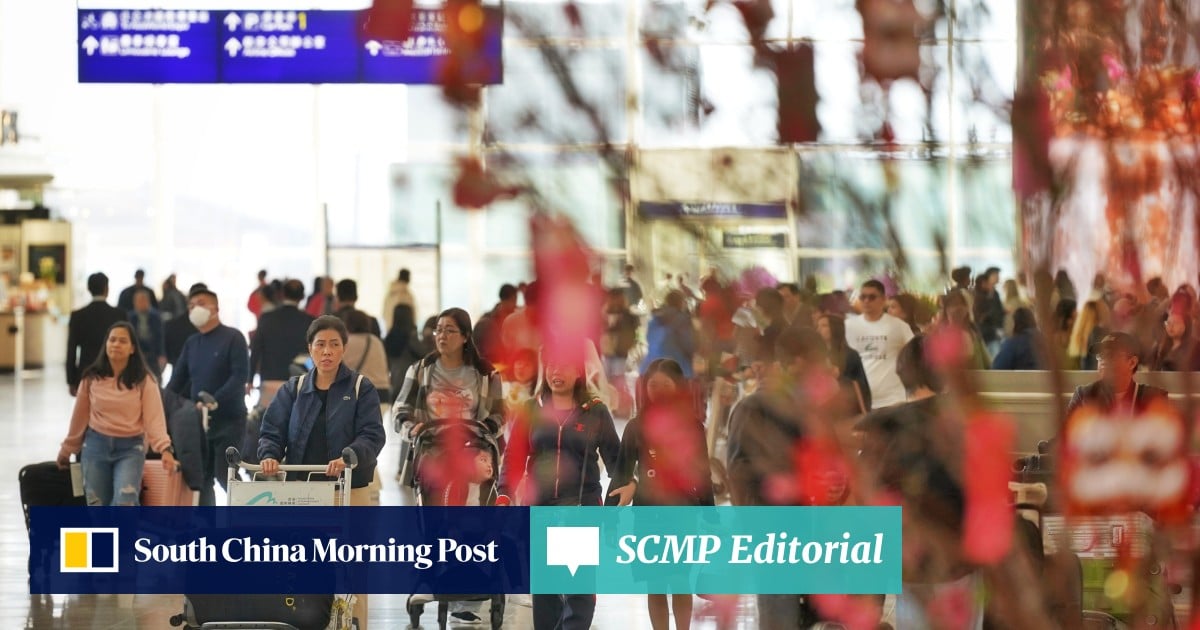Following a bumpy take-off in 1998, Hong Kong International Airport has been consistently rated one of the world’s best, and justifiably so. It is now aiming even higher with an ambitious HK$100 billion (US$12.83 billion) makeover to become “the landmark of Asia”, with top tourism, cultural, entertainment and commercial facilities unrivalled by any other aviation centres.
Promising as it sounds, the project also is fraught with challenges amid economic headwinds.
The current state-of-the-art facility at Lantau was never meant to be just a carousel for passengers and cargo. Strategically built on an artificial island with exhibition and tourism facilities nearby, the southern gateway of modern China is poised to become a stronger economic engine when powered by the right formula for growth and development.
With the shadow of the Covid-19 pandemic largely receding and the third runway now up and running, the city is consolidating its status as an aviation hub under the country’s national development blueprint.
According to the “Skytopia” plan outlined by the Airport Authority, the Chek Lap Kok site will transform into a multifunctional town, featuring an arts hub, a 600-berth marina for yachts, the city’s largest water recreation area, a “jet fresh market” to rival top sellers of produce in the region and a development called Skycity that will host a hotel, offices and commercial activities.
The authority is right in seeking to maximise the full potential of the airport site, capitalising on the city’s strengths and natural environment. But the multibillion-dollar blueprint also comes as a difficult sell in light of the current economic downturn and business uncertainty.


